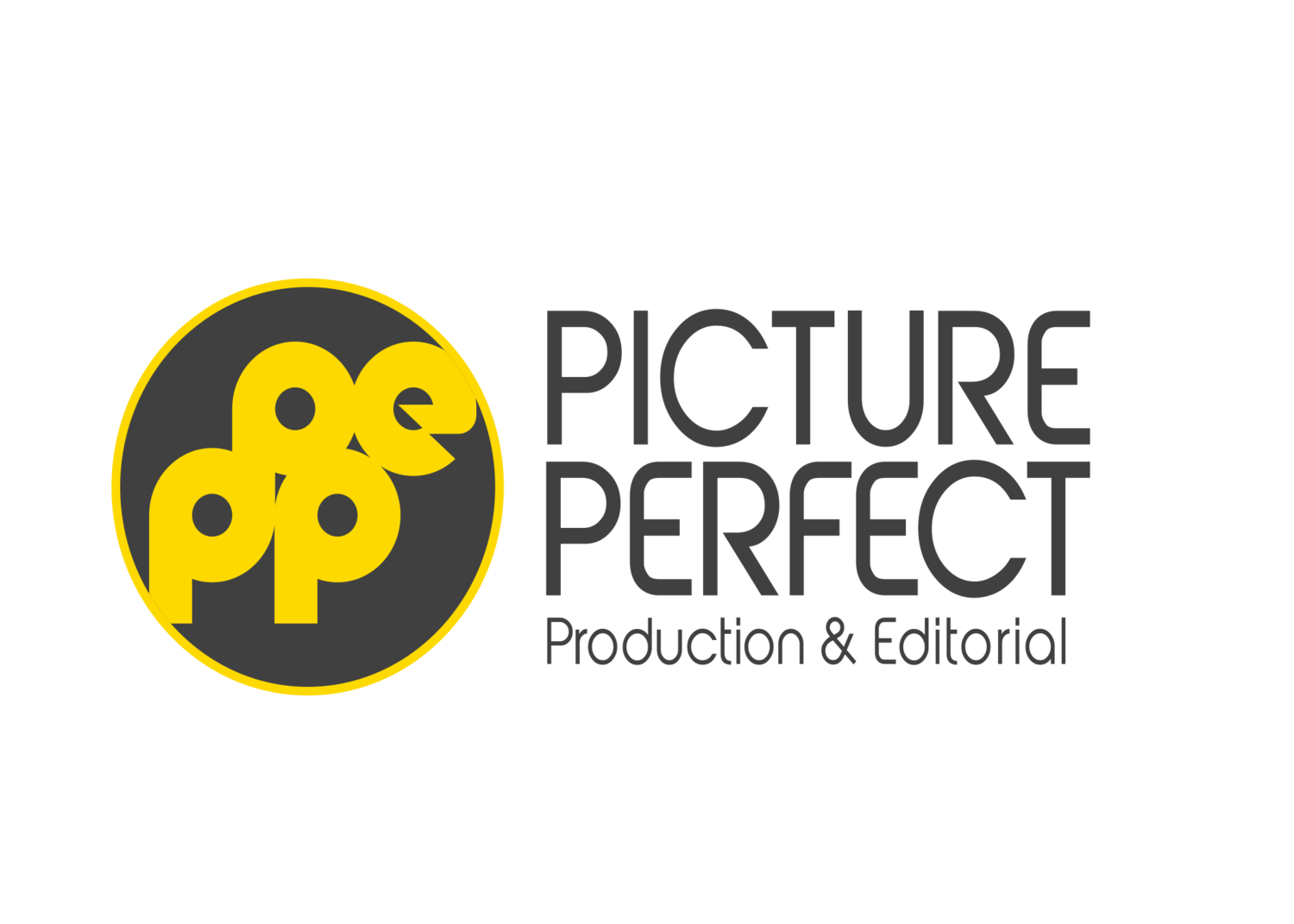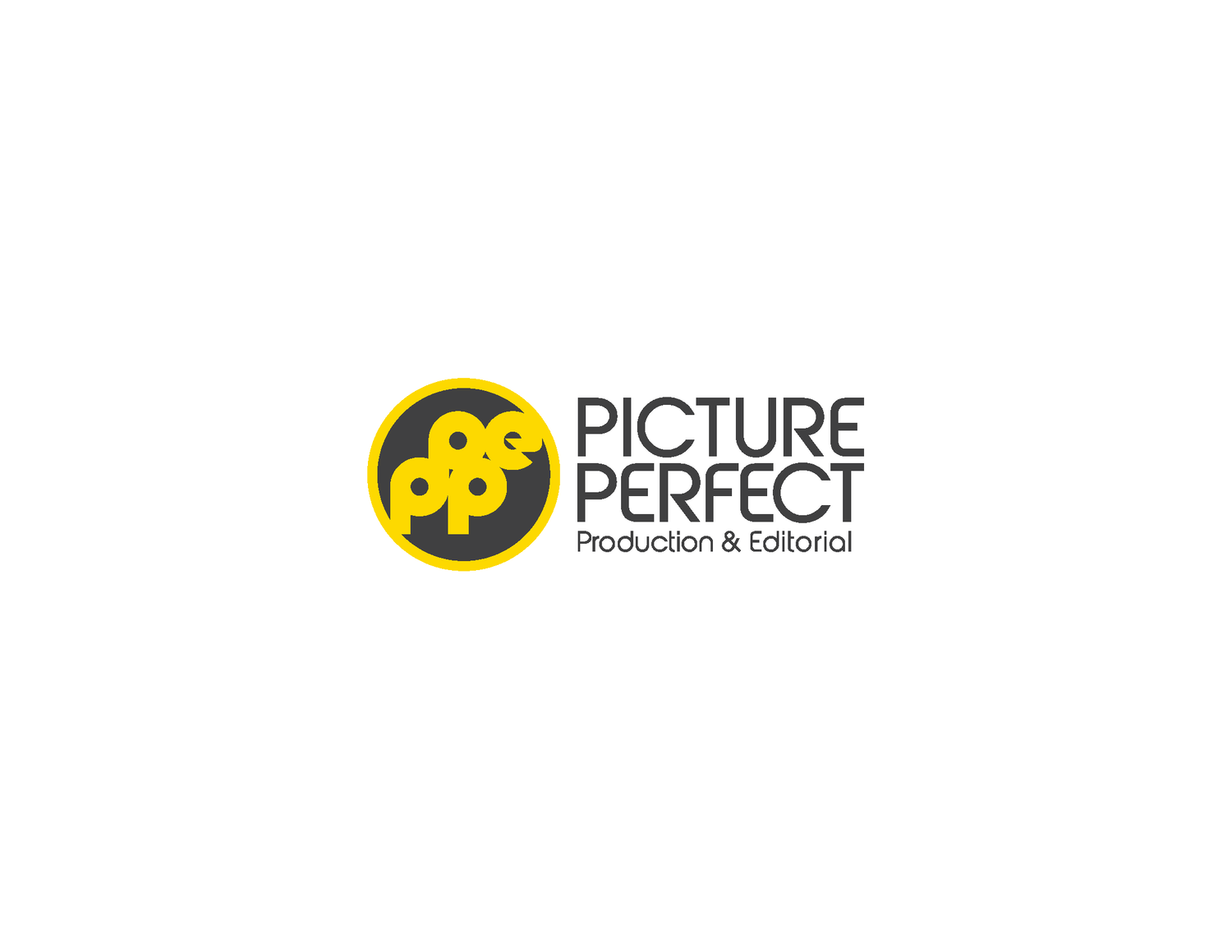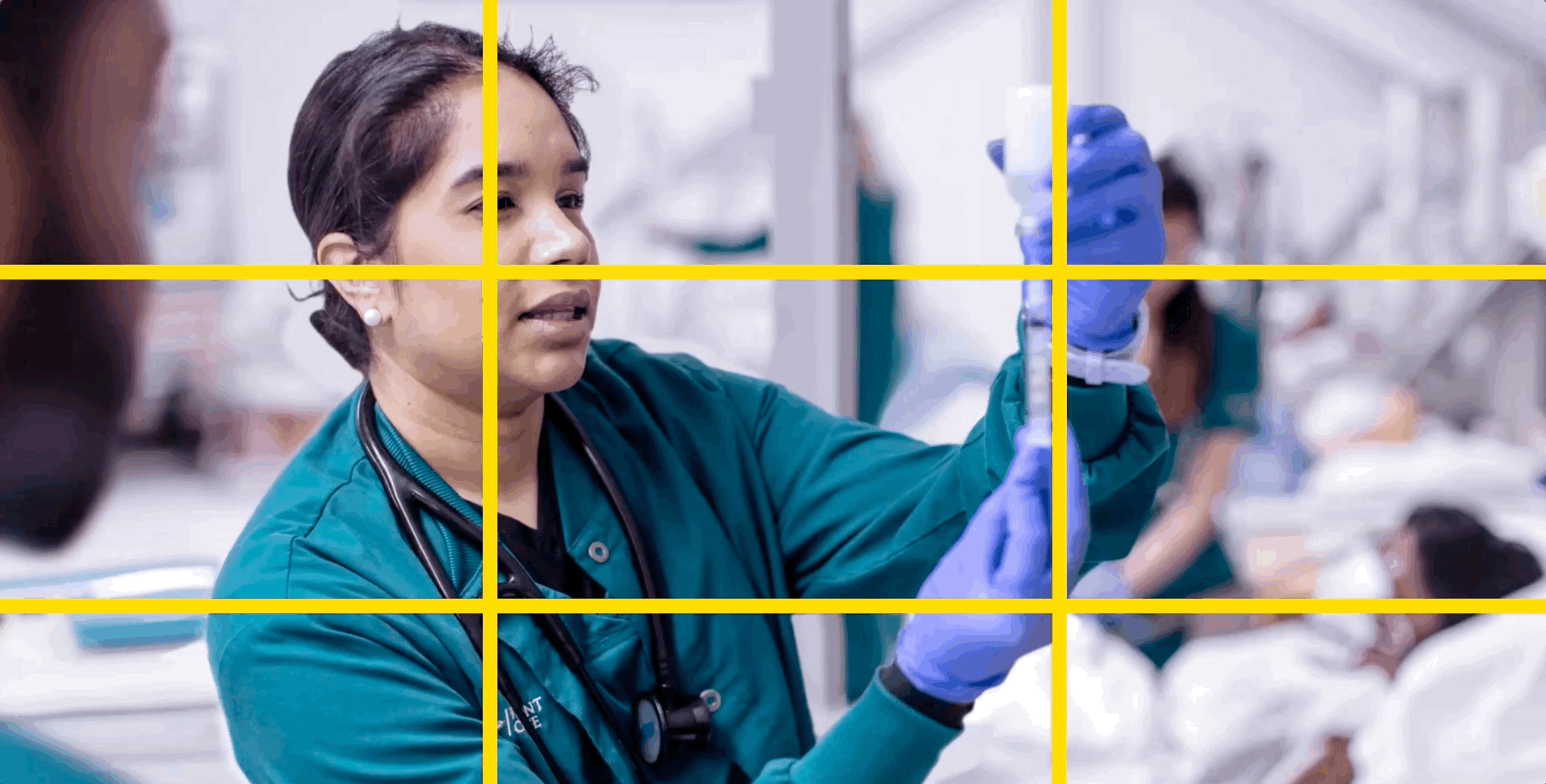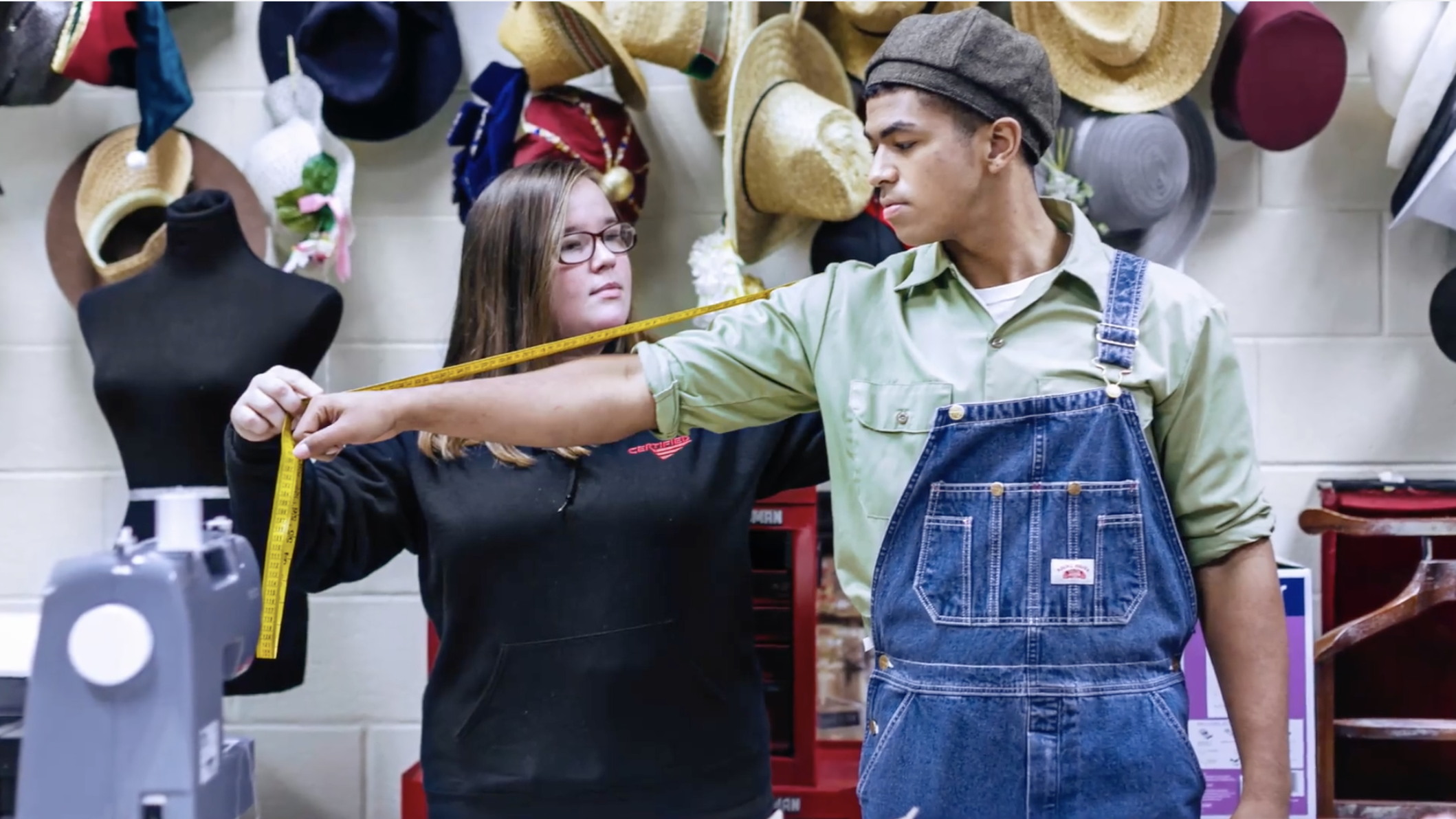Picture Perfect Shot Composition
PPPNE approaches shot composition with a practiced eye and a creative, yet subtle, style. Our team creates a dynamic shot for every situation while following a few simple rules along the way. From a pop of color to a carefully crafted background atmosphere, Picture Perfect crafts an eye-catching and captivating scene for every project we have the privilege to be a part of. You would be amazed what a carefully placed orchid can do for your scene. It's the simple choices we make on a Picture Perfect set that pull in the audience and keep our clients coming back for more. We pride ourselves on taking our time to create an aesthetic that matches each and every subject, product, or situation for our clients. So let's look at some Shot Composition basics, and the Picture Perfect take on them, shall we?
The Rule of Thirds
“Two distinct, equal lights, should never appear in the same picture : One should be principal, and the rest subordinate, both in dimension and degree: Unequal parts and gradations lead the attention easily from part to part, while parts of equal appearance hold it awkwardly suspended, as if unable to determine which of those parts is to be considered as the subordinate”
If you were to place a symmetrical tic tac toe board over an image, you would see a grid that is used by filmmakers to create the guidelines for framing an image. A good rule of thumb is that you want to frame a subject into a third of the screen. A film maker might want to create a compelling image by establishing a lifelike scene using this method. Advocates of this method would argue that it creates tension and energy in a scene and might be more effective than simply centering the subject. In most cases, We would use this method to create the tension necessary during an interview, assuming we are not in front of a green screen, which has its own set of rules depending on the reason for using a green screen in the first place.
Power Point
This is when a subject falls at the intersection of two lines. It has also been called a crash point, depending on the effect you're going for in the narrative.
Balance and Symmetry
We framed THE Patti LaBelle with Symmetry and Balance in order to convey the importance of the subject matter, and its Patti LaBelle, she does not need help to captivate her audience.
You have probably seen this technique used in many of your favorite movies. Centering the subject, or character, drives the audience to focu on them, conveying importance or power of the subject. Wes Anderson is notorious for using this concept to make the audience focus on the central subject or to feel uncomfortable with the framing. This can create an otherworldly effect as well. Symmetry refers to the balance on either side of the frame. A General walking towards the camera with cadets at attention on either side of him might convey his importance and the respect his station affords him, as well as the current stakes of the scene.
Leading Lines
Leading lines can be very literal, like a road, a river, or a railway, or they can be more imaginary like the line of sight of a person or creature. Where your subject looks, your audience will look as well. A leading line can be straight or curved and can even be invisible but suggested by action within a scene. There can even be more than one leading line in a scene or shot, providing a cinematic suggestion to the audience to better tell the story you are aiming to depict.
We could call his arm the leading line, or the tape measure, either way, it drives us to see he is getting his measurements taken and we can jump to the conclusion that they are in theatre and building a costume. So much information from such a brief moment.
Leading room
This is identified by the position of the subject and the direction they are looking in or moving in. Typically if a subject is on the left side of the scene, they should be looking to the right, so as not to confuse the audience. If you are aiming to confuse them, which is more typical in dramatic or interpretive film making, you can lean into breaking that rule. In most interview situations, both real world, or theatrical film styles, you will see this technique used to convey the back and forth between two or more characters engaged in dialogue.
Blocking
Blocking refers to the planned actions taken by actors, characters, or subjects within a scene. When the character finishes a drink and gets up to get another, that is blocking. Depending on the narrative, the director may have the actor walk into the background and keep the framing and focus the same, or they might follow the actor through their actions, providing the information that the action is important to the narrative.
A director might also instruct an extra to conduct a specific action through blocking in the background in order to establish a believable atmosphere and further compel the audience in their suspension of disbelief.
Head room
Head room is simply the space between the camera frame and the top of the actor's head. We might cut this out if we are trying to create a closer, more dramatic moment.
Eye-Level Framing
It is pretty self explanatory, but Eye level framing is when the camera is placed at the same height as the character within the scene. This technique can be used to create empathy for the character or to divulge subtle unstated information in their actions. This is a very basic
Depth of Field
Depth of Field, Symmetry, most scenes employ multiple principles at a time.
You can help your audience to focus on where you want their attention by adjusting the focus to create a lot or a little sharpness in your scene. If I put a farmer in the middle of a field of grass, I can tell my audience to focus on the farmer or on the field by how far away the farmer is from the camera and how sharp or blurry the focus of the world around them is. Moving the farmer closer, tells the audience that they should be paying attention to the farmer, and farther away tells the audience that the field is what is important.
In commercial film, we might want to use Depth of Field to simply create an appealing image rather than a flat scene of a product. The background can be just as compelling as the subject, or it can compliment the subject and pull the audience's attention more firmly to the subject.
Rack Focus
Being in focus can be very important to a scene, but there is power in the blur. Transitioning the focus from one subject to another is an important and useful tool in telling the narrative of a scene. If I wanted to continuously shift focus on a product to highlight the details, I might begin out of focus and land on the most important feature of a product in order to convey that importance. In a more cinematic approach, I might want to create the drama in a scene by beginning with my focus on the character subject in the foreground and rack focus to reveal a compelling piece of information in the background, like a spy watching our hero.
Bokeh
This is a term that defines the blurred or out of focus portion of a scene. A common example of bokeh is blurred lights in the background. A fun use for it would be to create texture within the shot and even provide a dynamic focal point to rack focus to or from.
Deep Space Composition
This principle defines the practice of layering subjects within the framed composition, ranging from the most forward figure to the most distant relevant figure. By using Deep Space Composition you can create a scene within a scene to tell a story with many layers of information and linear paths, or separate timelines. This allows the audience to understand that each character or subject framed, and in focus, is important to the scene, and sets the expectation that the narrative includes each of these subjects. We can subliminally suggest what is most important, least important, or possibly relevant to the progression of your intended narrative. This technique is used in many types of film and can be very useful in conveying information to the audience quickly. Heist movies use this regularly to create a narrative with high stakes and a lot of moving parts.
BREAKING THE RULES
POP QUIZ! How many principles can you spot…
I am sure you have heard the saying Rules are made to be broken, and we would like to echo that sentiment. Film is based in artistic expression, and in such, is interpretive and subject to the directors whims and the intention of the narrative. For the most part, commercial film follows most of these rules, as they are set to create scenes that resemble real life and entreat the audience to act on a subliminal compulsion dictated by the scene. Luckily, Picture Perfect gets the opportunity to bend these rules pretty often, but they are important to know and understand and most film professionals are so familiar with them that they are muscle memory.
We hope you enjoyed our breakdown of shot composition and that maybe it was useful to you in some way. Please check back next month for a whole new breakdown all about film. Oh, and dont forget to #KeepitPicturePerfect







